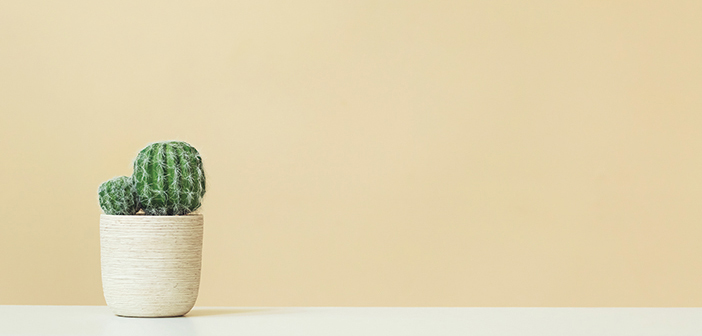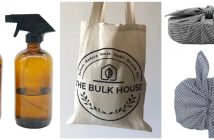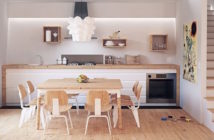Minimalism: the seemingly loaded word that conjures up visions of bare mattresses in the middle of a shell of a room, empty makeup bags, one lonesome pair of shoes to call your own – voids of emptiness on dressers and in drawers – is that minimalism? Or is it something else entirely?
The pull of consumerism is ever around us, on our commutes to work, while sipping coffee at your local bistro, and even in our own front rooms. How do we, and families, in particular, persevere in a quest for simplicity? To spend less, own less, and be completely content with doing so? As the eco-warriors of this world remind us, the earth is dying, a victim of our consumerism. Our planet requires that the future be zero waste and that we become more eco-conscious.
Apart from the obvious environmental benefits of minimalism, embracing the concept of less in our lives can be physically and psychological freeing. Not having to worry what to wear in the morning, what to fill our homes with, and less anxiety about items that have arguably become self-defining symbols, are all significant benefits to be had by owning fewer possessions.
But how does all this translate to families? My family and I journeyed into the world of minimalism for a week and discovered our own path to owning less. The first item on my list was to change my mindset. We have been conditioned to believe that we are buying pleasures – recreational items, clothing, furniture, and the like – using our money, when in fact, we buy these and more with hours from our lives.
This was a week of transformation. My transformation into Mommy Minimalist.
As Henry David Thoreau is quoted as saying in Kimberley Wilson’s 2012 book, Becoming a Minimalist, “The price of anything is the amount of life you exchange for it.” So I started my week off by investing an amount of ‘life’ into learning more about minimalism. Joe Harvey of The Bulk House, a sustainability company dedicated to the ethos “refuse, reduce, reuse, repair, recycle, and rot,” came to visit me at my home. He and his business partner have spent the past three years inspiring expat and Chinese communities in China to live more sustainably, and have their own line of eco-friendly products for people wanting to curate a more eco-conscious and minimalist lifestyle.
Walking around my apartment Joe was impressed by my visible efforts to live clutter-free but helped me think about other areas of the home that could be downsized. We found items squirreled away behind closets, in wardrobes and on countertops.
Life in Beijing is very transient for expat families, most of whom do not own a home in the city. However, if I asked you to look around your rented apartment or house, you might be surprised by how much time, energy, and not to mention cost, is going into accumulating items, for space, which for most living here is temporary.
I started to think about the following principles: omit needless things, identify the essential, make everything count; write down tasks and use different de-cluttered spaces for different things, fill your life with joy; connect with people, it’s relationships rather than ‘things’ that matter, and edit: edit what you say, write, have, buy. Less is always more.
My stream of consciousness was filled with questions related to my soft furnishings, my many pairs of shoes, and my stacks of cutlery, glassware and travel bags. How much does one small family need? I even started to think about the way I consume for my new little one. How much clothing does an eight-month-old need? How many soft animals and mass-produced plastic toys that go “bleep” and turn all colors of the rainbow does a baby need in his life? And most importantly, what kind of example I am trying to be for a child, whose habits, no doubt, will battle with being shaped by one of the most hyper-consumerist cultures of our time?
Have we just been consuming products that end up collecting dust on our ornamental and vanity shelves? I spent the day at the beginning of my experiment to find out. I started with the kitchen. I found a nice round number I felt comfortable with and ran with it; I would have no more than four of each dining item and no more than one, for most of my kitchen utensils. I gave new homes to several plates and dishes, bowls, cups, and glassware. How often have you used that blender or that ninth bowl? Stack them, box them and give them away.
I removed half of my wardrobe and began the process of finding new owners for items, some of which were brand new and had never seen the light of day. Shoes I had purchased years ago and worn once or twice were out the door to new homes and new pairs of feet. Sentimental items were downsized and only the most poignant items that meant something stayed. Linen for beds was also downsized. You can strip, wash and dry your duvet cover and sheet within one day, without much fuss and a little organization – bung them in the wash first thing. Maternity items were either gifted or sold to new moms, and don’t forget to check what items your ayi might consider taking off your hands.
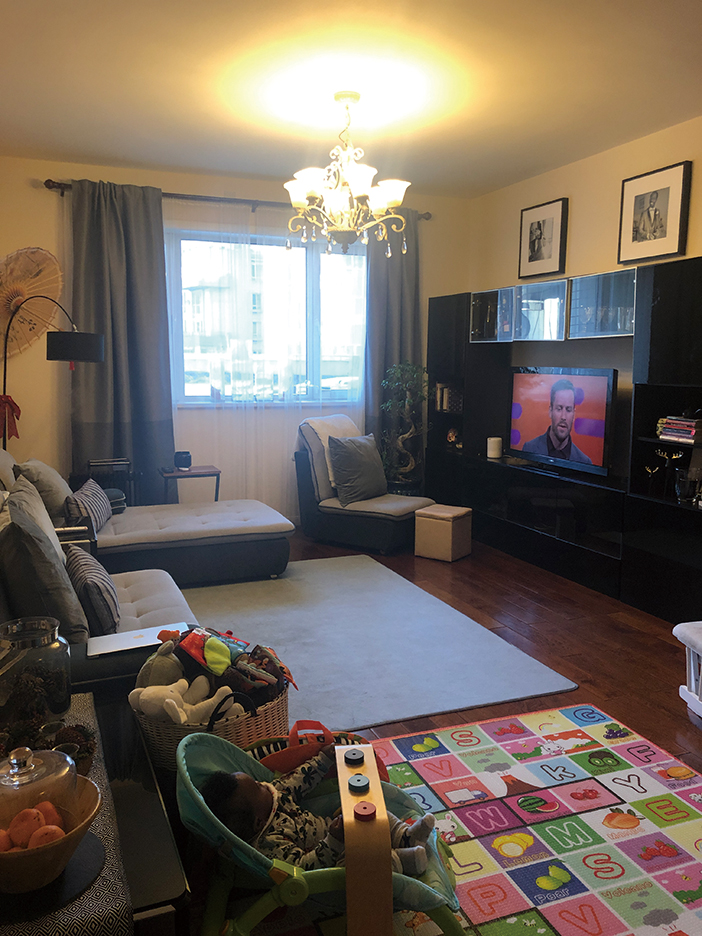
before

after
The accumulation of goods is more psychological than anything. We let attachments take root and sometimes on many levels allow what we own to define us, add value to what we believe are important signifiers of our success in life, and what we sometimes feel makes us ‘happy’. Mindset is everything, and the more I gave away, sold, or reused items for another purpose, and looked around a more clutter-free and energy-light home, I began to feel physically and mentally free.
What could you consume less of, and use your time and energy elsewhere? I made over RMB 3,000 selling items. Making your home lighter could lead to making your pockets fuller. You can make some contributions to your savings, or spend your minimalist winnings on a family outing, holiday, or recreational activity. The family and I have taken up hiking (see p.52). We leave the toys and entertainment system at home, and bond while enjoying the great outdoors.
Living a minimalist lifestyle does not mean giving up on the pleasures of life or items that you feel are significant. We are all allowed a vice or two. Minimalism has to work for you and your needs, and you can take and leave what you will. Personalize the principles of minimalism and use the ones that resonate with you to shape the life you feel comfortable living. Every little helps. Books are important to me, so they all stayed; I have a Kindle too, but this was my chosen vice. Don’t forget that smaller sustainability acts, such as purchasing a reusable shopping bag, cutting back on the use of plastic, and recycling, reusing and repairing, all go a long way to helping less waste end up on our landfills.
The prospect of minimizing your home may seem daunting. Where do you begin? When will you find the time? You don’t have to go in guns blazing with a minimalism project. You can start with just one room, on one weekend. If this doesn’t work for your family’s schedule, start with a drawer, a shelf, or a vanity table and slowly work your way through the home.
Slowly but surely the minimalist lifestyle swallowed me whole. I enjoyed the freedom of not thinking about what to wear, what to buy, what needed cleaning, what needed organizing in the home, and dare I say it, I felt quite Zen and at peace in the home. I could write more fluidly, and I felt a lot lighter and spent zero on purchases not related to household meals and travel.
My home is a haven. Light, airy and clutter-free. Everything has a purpose and a place to call home within the home. Heading for a cupboard or wardrobe door doesn’t feel me with dread and I know where everything is. Lux, of course, is still the bubbly and giggly baby he’s always been, but no doubt he sees and feels the difference minimalism has had on Mommy, and (possibly) Daddy.
Many of the core principles of Minimalism I will take with me into the future, and the fundamentals that help me to live more sustainably and with simplicity are here to stay! Make 2019 the year of simplifying your life by asking yourself: Do you need it? Will you use it? Does it add value to your life?
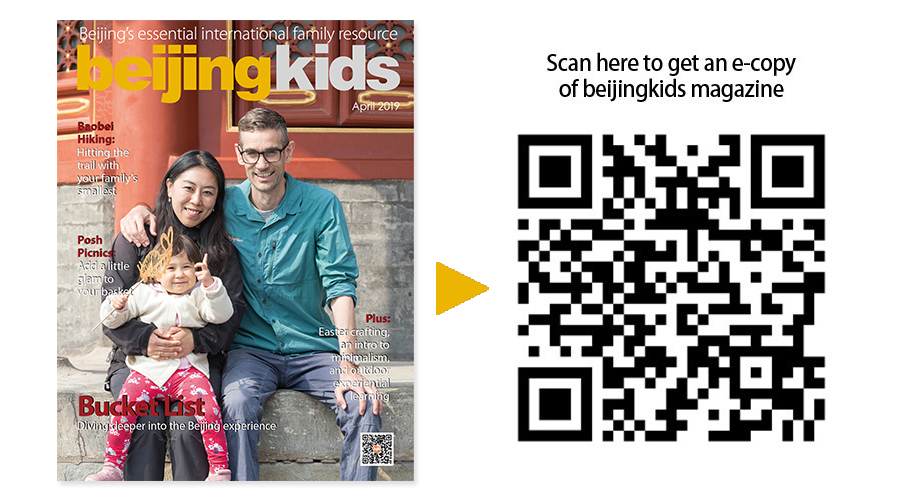
This article first appeared in the beijingkids April 2019 Exploring Beijing issue.
Photos: Adobe Creative Cloud, Nicole Bonnah

